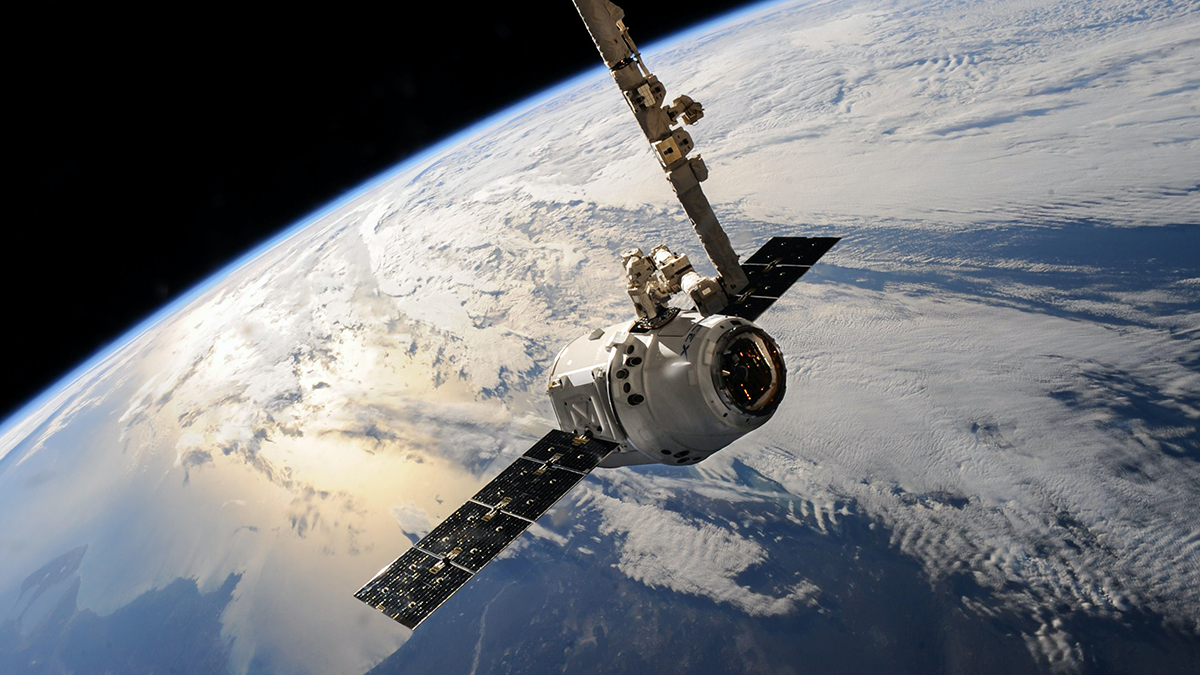Grab your hat and mittens, it’s going to be cold outside. Imagine going for a walk on a sunny winter day while your lungs fill with cold and crispy air. This week’s climate story brings us up north, to Canada.
We have been introducing many amazing organizations from around the world that develop solutions towards a low carbon future. Today we are highlighting the Montreal based startup GHGSat.
Countries, cities and organizations have been setting targets for a low carbon future. In order to meet these targets, we need to understand where and what type of emissions occur. Today we measure emissions through reporting, earth based sensors, and satellite based sensors. Back to our story of GHGSat in Montreal. While other satellites measure carbon dioxide emissions GHGSat develops satellites to detect methane emissions. Methane is a potent greenhouse gas:
Over the course of a century, methane has 34 times the greenhouse effect of carbon dioxide.
https://drawdown.org/solutions/landfill-methane-capture
Some of the biggest sources of methane emissions are coal mining, gas and oil extraction, landfills, and livestock. To get to a low carbon future we need to avoid methane emissions. Where we can’t avoid them we need to capture them. To better understand operational emissions and accidental leaks GHGSat has developed high resolution mapping of methane emissions. This is how it works:

GHGSat detects and measures emissions from industrial sites across the globe. While the satellite orbits the earth spectrometers measure gas concentrations and provide high resolution heat maps of human caused emissions.
Their progress since launching their first satellite in 2016 has been amazing. The high resolution images are getting more and more detailed. Where they detected methane emissions from a coal mine before, they can now map emissions to individual vents.
What I like most is GHGSat’s bold vision to become the global reference for remote sensing of greenhouse gas emissions from any source in the world.
It is inspiring to see how startups all over the world tackle climate change. From drone startups to cultivating seaweed. GHGSat is another example of an amazingly dedicated group of people addressing climate change.

